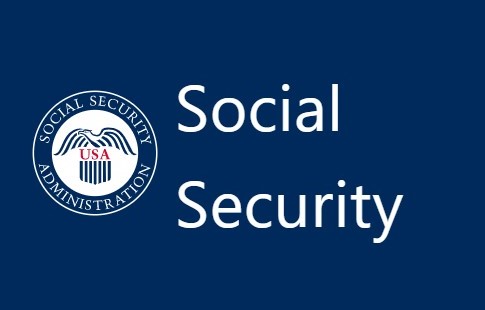Online, Phone Still Most Recommended Ways To Contact SSA For Assistance, To Schedule Appointments, But Not Required
Social Security Administration Acting Commissioner Kilolo Kijakazi just announced good news for those individuals in need of assistance from the agency: local officers will be resuming in-person services this week.

“I am pleased to announce that local Social Security offices will restore in-person services, including for people without an appointment, on April 7, 2022,” Kijakozi was quoted in a Social Security Administration news release issued Monday morning, April 4, 2022.
However, while walk-ins are allowed, the acting commissioner is still recommending those who can to use Social Security’s Administration’s online services at www.socialsecurity.gov, or to call ahead to their local office to schedule an appointment to avoid potentially having to wait for a long period in line at the local office to speak with a SSA representative. Phone appointments can also potentially save people a trip to what likely will be a busy office.
“I thank the public for your patience as we work to increase service,” Kijakozi stated in the release. “Customers who walk in without appointments may encounter delays and longer waits at our offices. Be aware that our offices tend to be the busiest first thing in the morning, early in the week, and during the early part of the month, so people may want to plan to visit at other times.”
Throughout the pandemic, millions of people used the agency’s online services and received help by phone. People who have access to the internet are recommended to first try the SSA’s online services before calling or visiting a local Social Security Administration office, the acting commissioner said.
Because many people served by SSA have health vulnerabilities the agency will continue to require certain safety measures, consistent with union agreements.
“[W]e are continuing to require certain safety measures including masking, physical distancing, and self-health checks for COVID-19 symptoms. We will provide masks to the public and employees if they need them,” the acting commissioner noted.

Part of the preparations by SSA to restore in-person services has included implementation of office-to-office support and bringing back some recently retired employees to help assist. Assistance in getting to ready has also come from the Department of Health and Human Services’ Administration for Community Living and national advocate organizations.
The SSA is also transitioning to a new more modern phone system, which could mean a busy signal or unintentional disconnection of calls while the system is being updated. Many Social Security services are also available by dialing toll-free, 1-800-772-1213. People who are deaf or hard of hearing may call Social Security’s TTY number, 1-800-325-0778.
“We sincerely regret this disruption and recommend people call when our national 800 number may be less busy, such as before 10 a.m. or after 4 p.m. local time or later in the week. Like our offices, our waits are generally shorter later in the month,” Kijakazi stated in the release.
Most Social Security services are available to the public online at www.socialsecurity.gov and with a my Social Security account. Most Social Security services do not require the public to take time to visit an office. Create a my Social Security account, a personalized online service, at www.socialsecurity.gov/myaccount.
These personalized online services include requesting a replacement Social Security replacement card if certain requirements are met, change direct deposit information if the individual already receives Social Security benefits, request a replacement SSA-1099, and can even print or download a Benefit Verification Letter from their account to show proof of benefits. The portal too includes a retirement calculator and links to information about other online services including retirement, disability and Medicare benfits.
Those who do not yet receive Social Security benefits can download from their online account a personalized Social Security Statement, which provides earnings information as well as estimates for future benefits.





